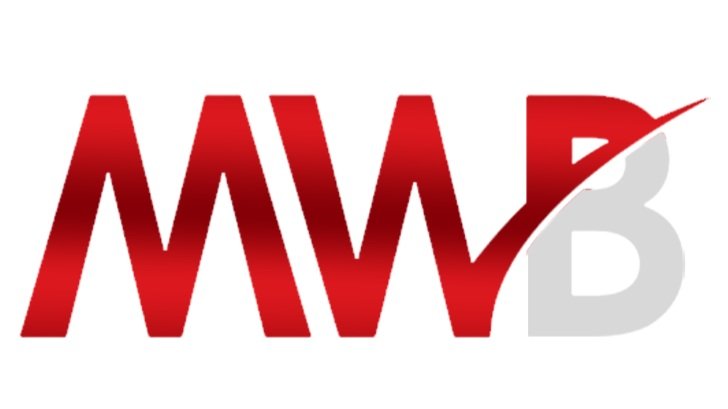Client Profile Examples
(Note: These are hypothetical scenarios and do not involve any MWB clients)
Katherine and Eric are established professionals who recently moved to the suburbs with their children.
They seek a work-life balance while covering their children's education costs without sacrificing financial goals. They have substantial net worth but lack appropriate insurance coverage for life, disability, and liability events.
Taxes are their biggest expense, and they need guidance on minimizing AMT and other tax liabilities from their employer stock compensation, which represents a significant portion of their net worth. They want to work with a fee-only financial planner who uses modern technology, tracks their financial lives, and offers transparent, straightforward advisory fees.
At MWB, they receive support and guidance for every aspect of their financial lives.
Mia is a high earner who is focused on advancing in her career while balancing her financial goals, such as paying off student loans, saving for a down payment on a home, and maximizing tax-efficient accounts. She receives equity compensation from her tech startup jobs, which could become lucrative in the future.
Mia wants to ensure that she is using her income strategically to invest for both her short and long-term goals. Although she is interested in investment opportunities, it's not her top priority as she is just starting to build up her assets.
She tried working with a financial advisor before, but they turned her down due to not meeting their asset minimum. At Modern Wealth Builders, she can work with a fee-only financial planner who has no asset minimum and will only provide her with objective financial guidance.
MWB charges a transparent advisory fee, allowing Mia to get ongoing financial support from an expert.
Equity Compensation Examples:
Example:
You expect your company to go public in the next year and your equity compensation is mainly in the form of incentive stock options (ISOs); you may be looking for guidance on how to maximize your long-term capital gain treatment while minimizing potential alternative minimum tax (AMT) liability..
Solution:
We will help you determine the optimal number of ISOs to exercise based on your expected income and the AMT threshold.
We'll weigh the tradeoffs of paying AMT versus exercising up to the threshold, taking into account your cash flow and liquidity constraints.
We'll create a plan and adjust it as necessary based on changes in your company's share price and timeline for a liquidity event.
Example:
You own both ISOs and RSUs in a publicly traded company, and you’re trying to determine the best way to diversify your holdings and invest the proceeds.
Solution:
We will assess your concentration risk based on your existing diversified assets.
We'll develop a strategy to reduce your concentration risk to an acceptable level while considering your path to financial independence and the current value of your equity.
Once your concentration risk has been minimized, we'll develop a tax planning strategy to maximize the value of your ISOs.
We'll discuss the tradeoffs of diversifying based on where you are in your journey toward financial independence.
Example:
As an early employee of a successful startup, you've received a tender offer for a portion of your accumulated equity. However, you're unsure if you should accept it due to the discount to the 409A valuation and the potential for future appreciation.
How can you make a decision that minimizes regret?
Solution:
We will help you evaluate your overall financial situation and the impact of accepting the tender offer on your path to financial independence (or other goals).
We'll consider the opportunity cost of accepting or declining the offer, such as using the proceeds to take advantage of tax-deferred accounts or paying down high-interest debt.
We’ll develop a strategy to minimize regret and make a sound decision that aligns with your goals.
Getting Started
Schedule your introductory meeting below
We will review to see if it makes sense to work together
Start your free assessment to evaluate the value of our services





